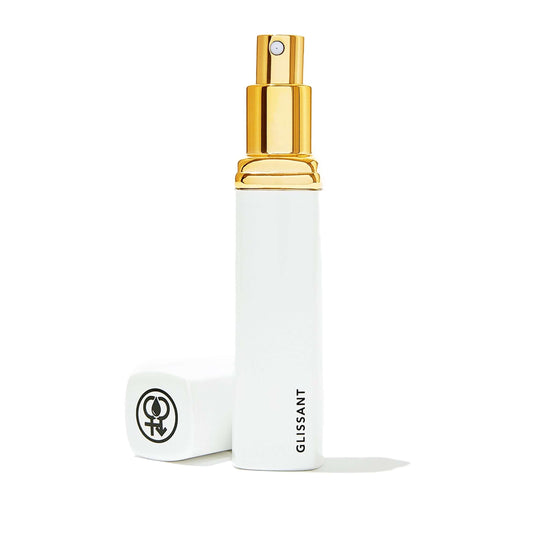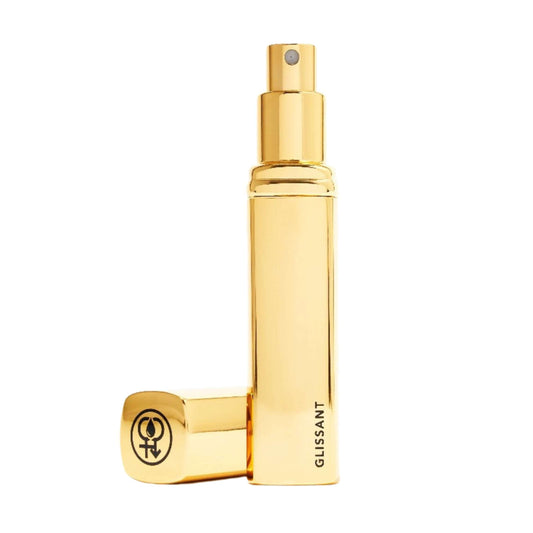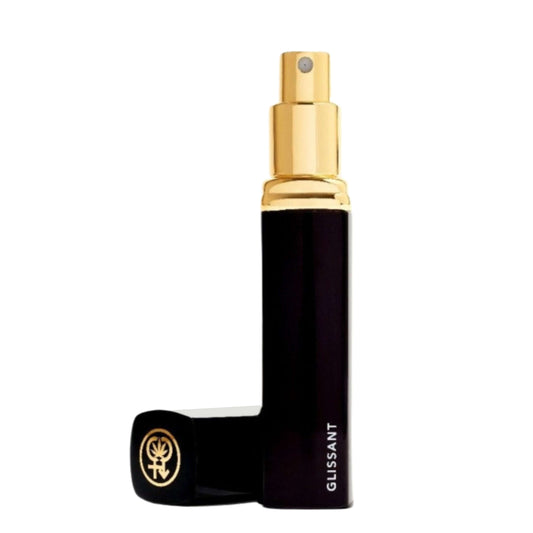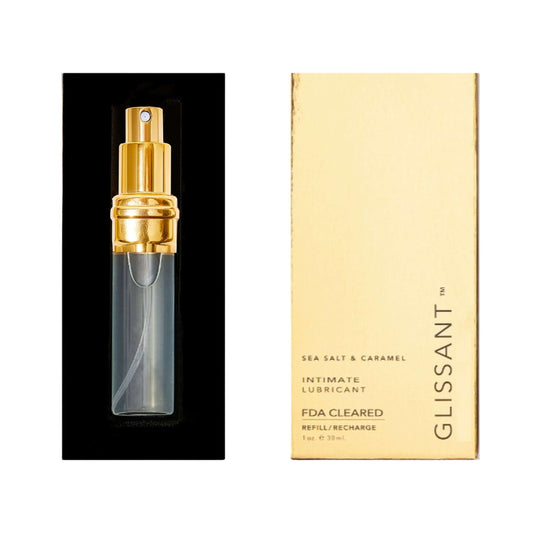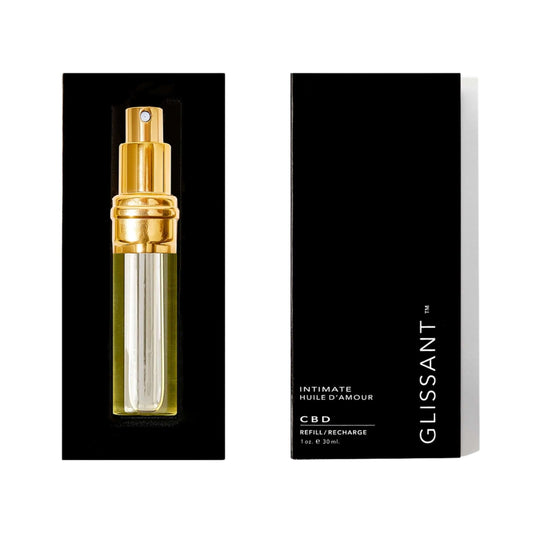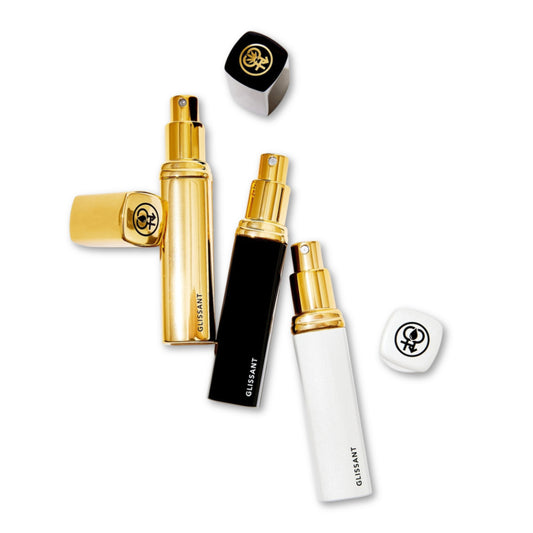
DO YOU KNOW WHAT YOUR CONDOMS ARE LUBRICATED WITH?
Share
Probably not.
Have you ever wondered why you feel irritated after sex? If you use condoms regularly, the irritation might be due to the type of condom you're using. Many people have latex sensitivity or allergy, but more likely the irritation is due to what the condom is lubricated with. Want to know what is used to lubricate condoms? Good luck trying to find out. Ironically, while the FDA requires personal lubricant packaging to disclose all ingredients, condom manufacturers are not regulated the same way and do not have to list all additives. Whether that makes sense or not, that's the way it is.
A common ingredient used with lubricated condoms is the spermicide nonoxynol-9. Repeated exposure to nonoxynol-9 can cause inflammation of the vagina, cervix and rectum. If you have oral sex, nonoxynol-9 can even make your tongue feel numb. While a few condom manufacturers have removed nonoxynol-9 from their products, many others continue to use it without providing information regarding possible side effects. Parabens and glycerin are also commonly found in condom lubricants and have been linked to certain types of cancer and vaginal infections, respectively. And although you might be using a condom to avoid pregnancy now, that might not be the case later. Phthalates, one of the "forever chemicals", has been linked to male infertility and is often used in lubricants.
One suggestion to get around not knowing what a condom is lubricated with is to use non-lubricated or "dry" condoms. Using dry condoms allows you to be in control of what the condom is lubricated with, and you can use as much lubricant as you want and need. When using a condom, lubricated or not, it's recommended to use extra lubrication because the condom itself creates more friction. This friction can result in tearing of vaginal or anal tissue resulting in increased irritation and increased risk of infection. And when using lubrication with a condom, it's important to use lubricant that is compatible with the type of condom you're using. Oil-based lubricants should be avoided with latex condoms because they can degrade latex and increase risk of breakage. GLISSANT water-based lubricant is compatible with latex, polyurethane, and polyisoprene condom based on FDA standards. Another added bonus of using GLISSANT water-based lube with dry condoms is that it has a subtle and delicious sea salt & caramel taste to overcome the otherwise pretty disgusting taste of most condoms.
But wait, there's more! GLISSANT FDA-cleared Intimate Lubricant isn't just safe for use with condoms, it's actually good for your vagina. GLISSANT Intimate Lubricant is made with natural ingredients that all serve a purpose. Hyaluronic acid hydrates, lactic acid maintains normal vaginal pH which means less infections, l-arginine increases vaginal blood flow for increased arousal so that a woman can increase her own lubrication, and aloe soothes irritation. All of this is brought to you in chic, discreet packaging. What else would you expect from a product that was made by women for women?
Do yourself a favor. Use a lubricant when using condoms, whether you use lubricated condoms or not, and MAKE SAFE SEX SAFER and more enjoyable.





